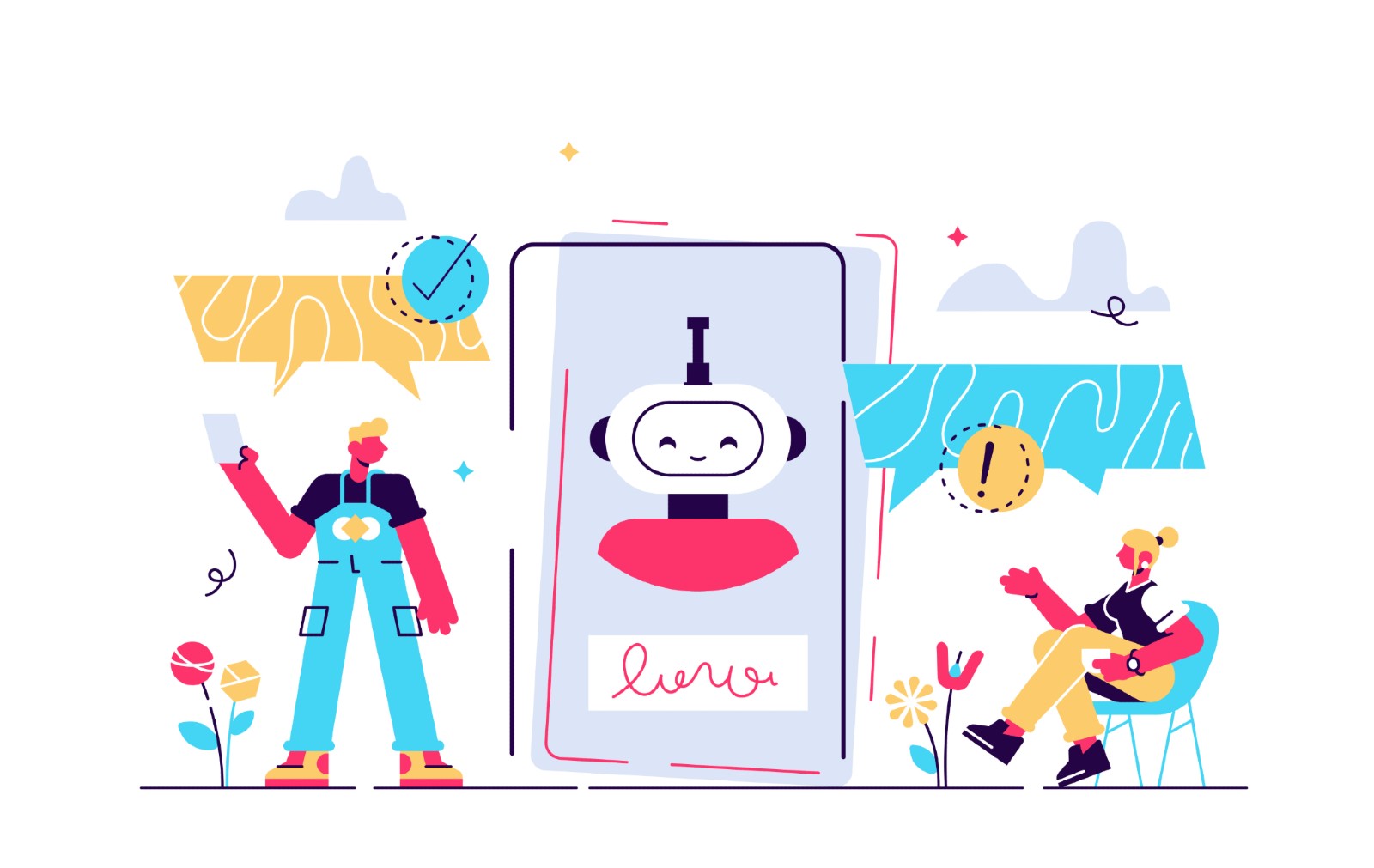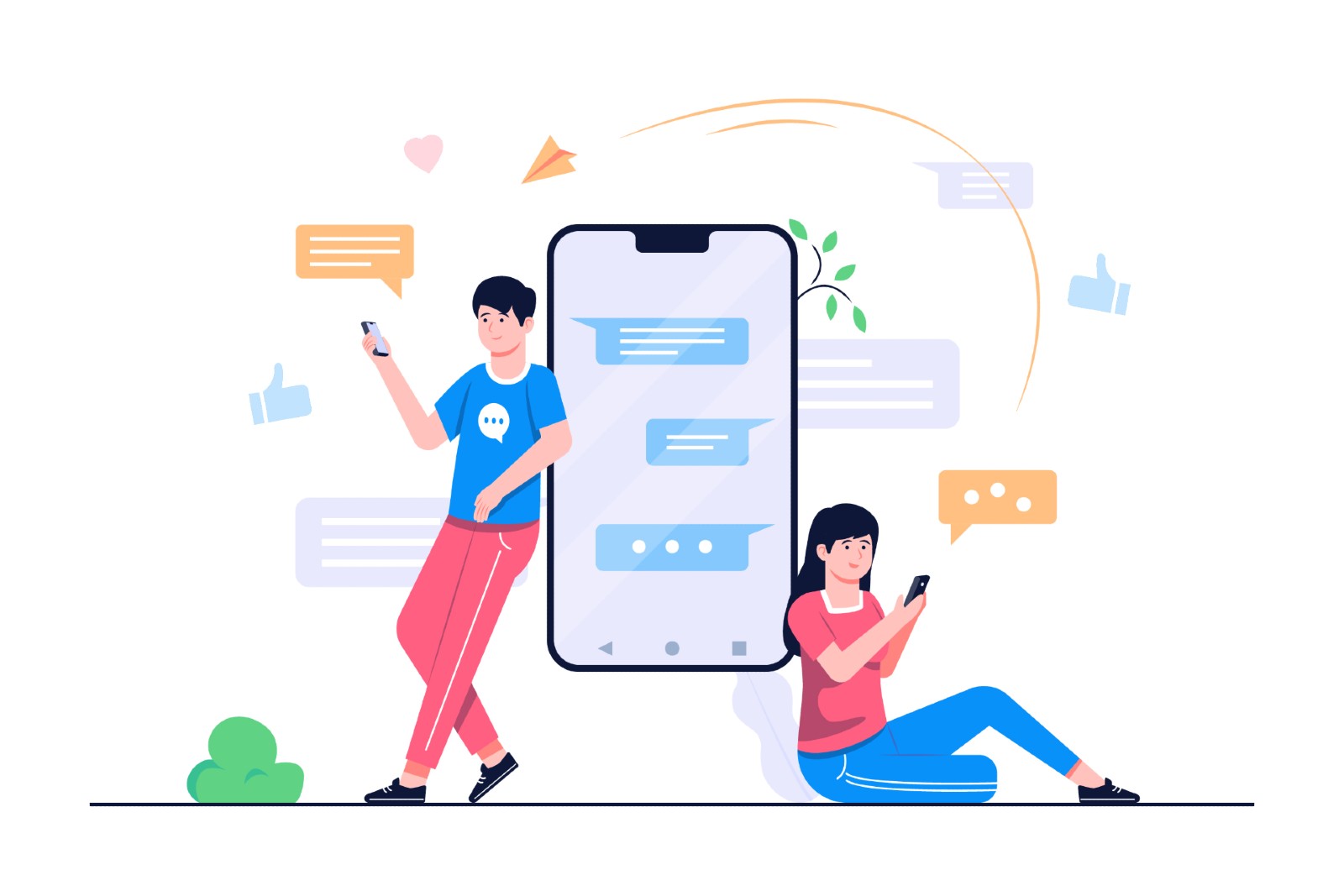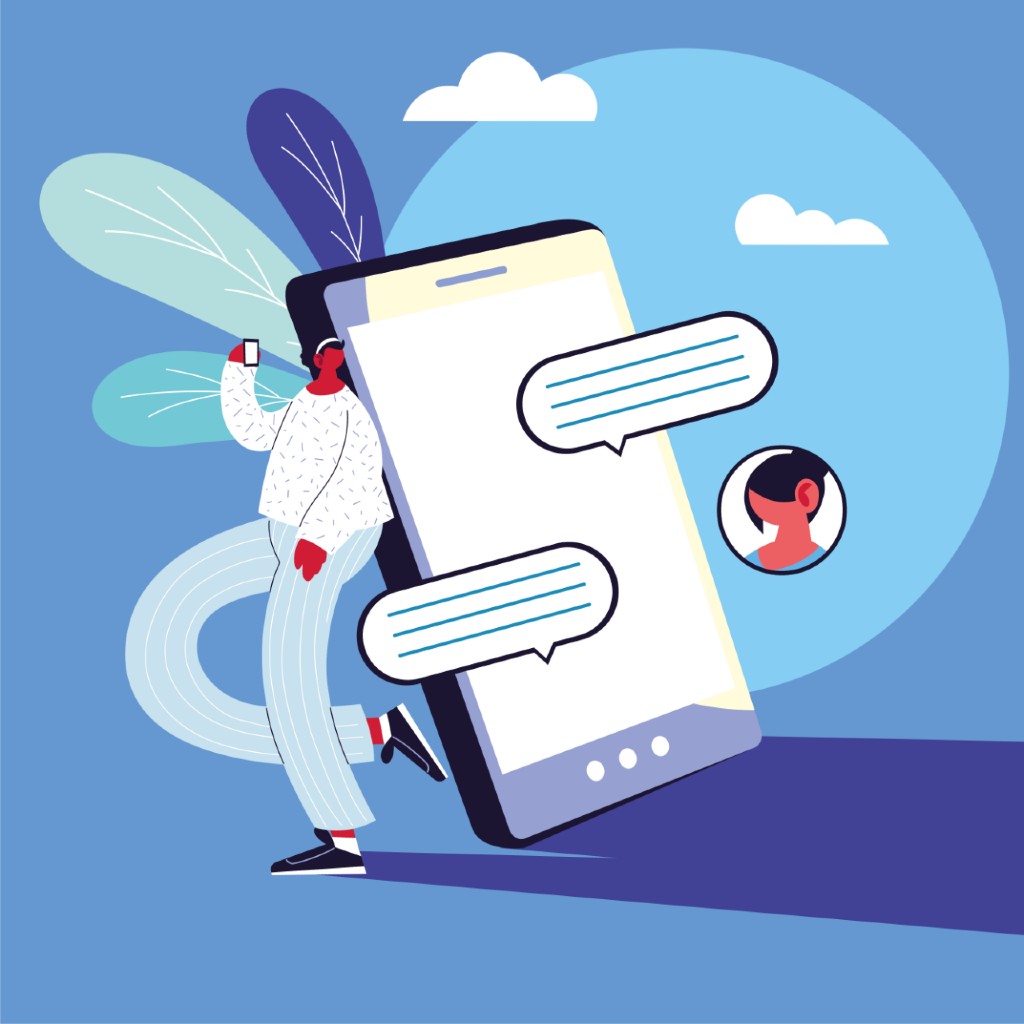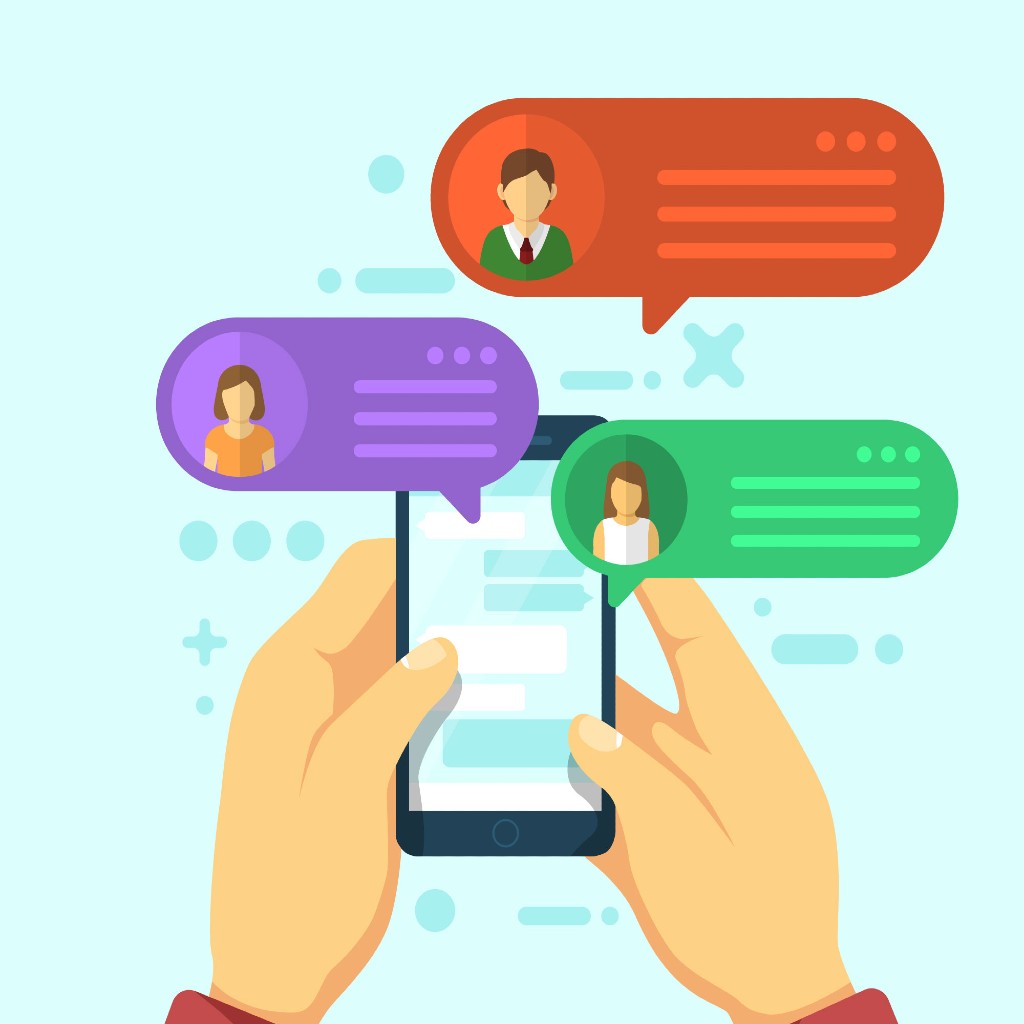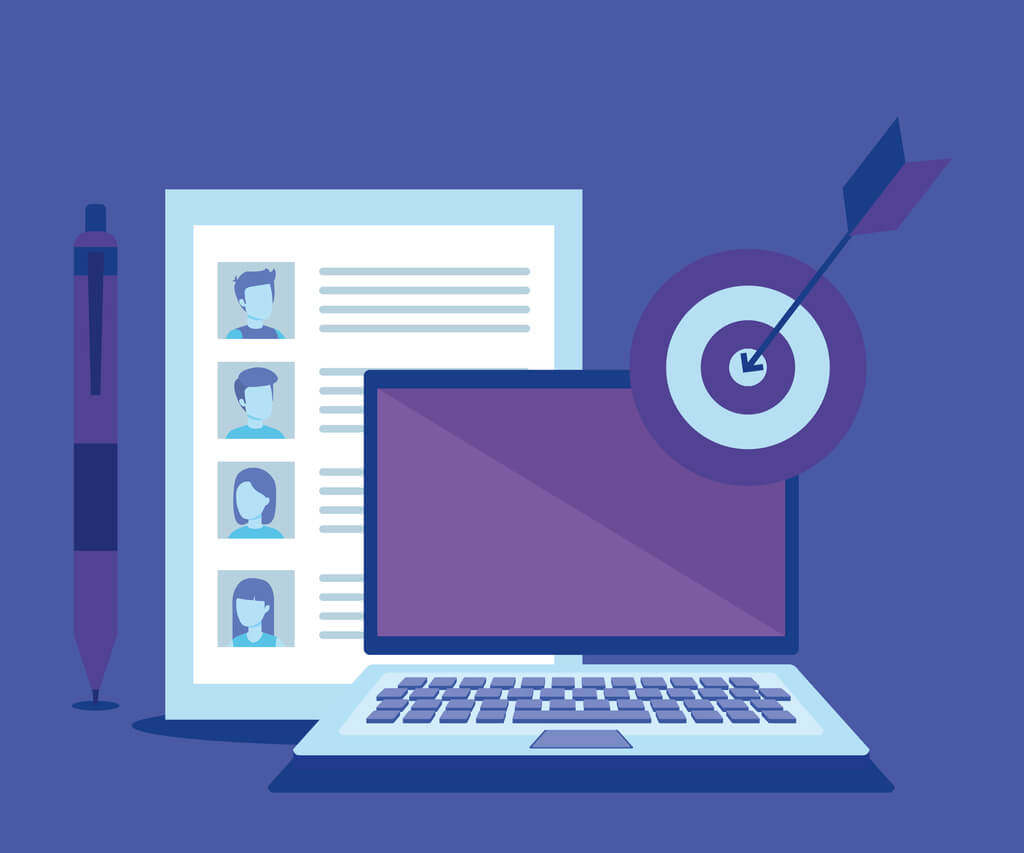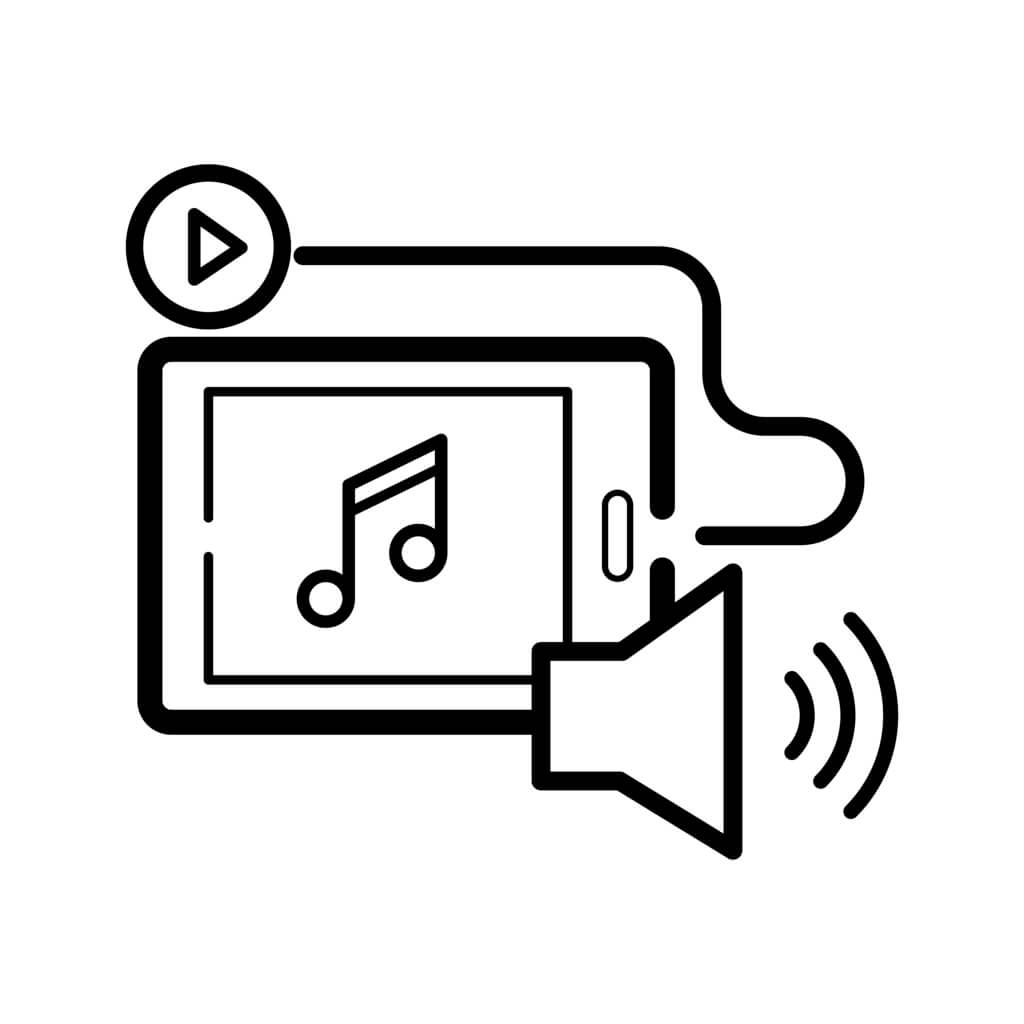You might not realize how widespread chatbots are right now. According to Business Insider, 80 percent of businesses will likely want to invest in a chatbot by 2020. And true enough, most online brands today have a chatbot at the frontlines of customer service. They’re commonly situated on social media platforms to meet where consumers are. And a stark example of this is a Twitter chatbot.
As with any other chatbot, you can make a Twitter chatbot in many different ways. Although its functions may slightly differ from other chatbots, it still has one primary purpose in mind: to increase customer engagement. Though, it’s effectiveness can lie in its programming and development. So to make the most out of it, you need to find the best way to build your Twitter chatbot.
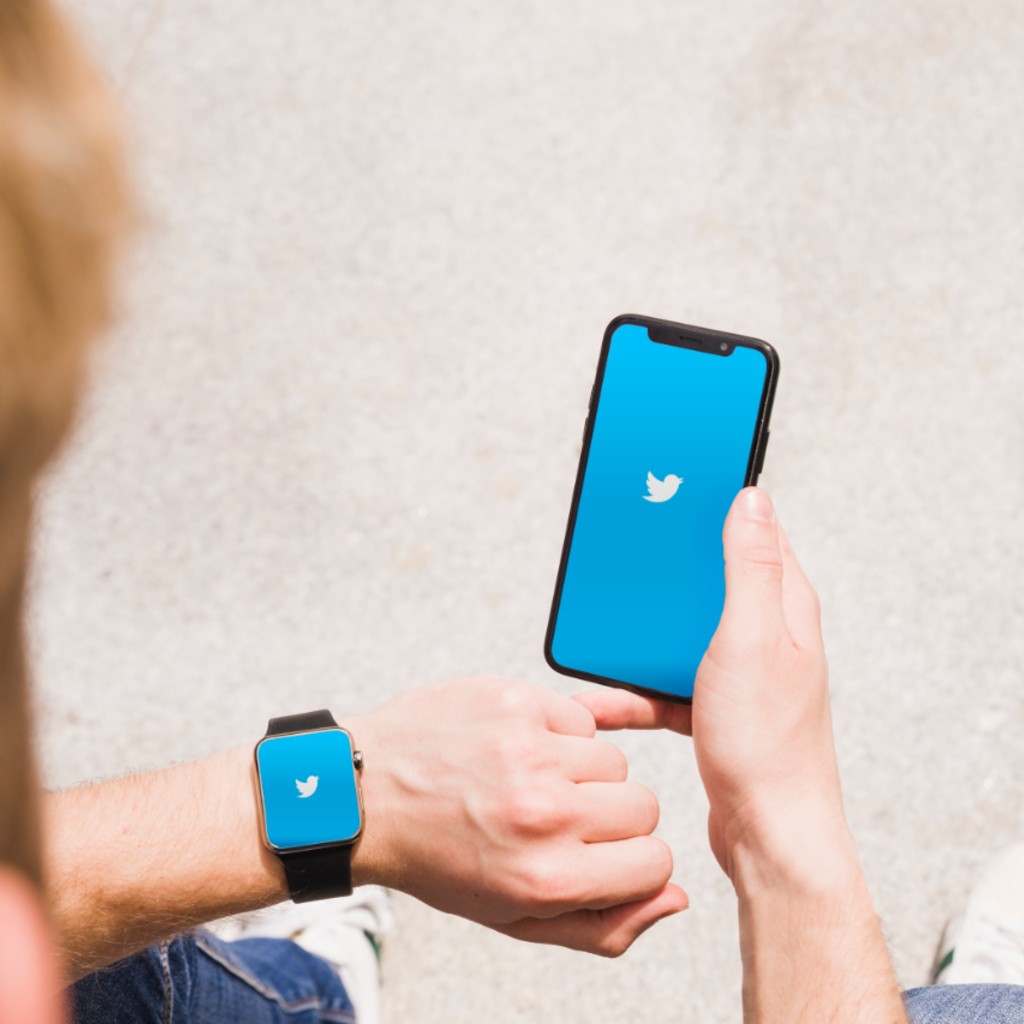
Why You Should Get A Twitter Chatbot
Before analyzing the ways of building a Twitter chatbot, we have to discuss its importance. Constructing a chatbot on Twitter may be one of the best uses of the software. Compared to other social media platforms, Twitter is one of the most bot-friendly channels available to chatbots. This is due to recent updates on the platform’s Direct Messaging (DM) capabilities, making business-consumer conversations easier:
Welcome Messages
Businesses can set planned messages to consumers, even without prior user engagement. This feature allows brands to take the initiative, leading prospects to products, deals, and websites.
Quick Replies
Additionally, businesses also make conversations smoother by offering a set of replies to choose from. These prompted responses help save time and reduce confusion when trying to interact with chatbots. This feature is also great for chat-centric platforms like Facebook Messenger and WhatsApp, minimizing customer effort.
At this point, Twitter is making the transition from being a micro-blogging app to a more chat-friendly social media platform. From amassing millions of users, making the jump towards a messaging app is the next best choice. This move particularly suits chatbots, as chatbots fit the rapid messaging experience perfectly–consumers want short but speedy replies at the edge of their fingertips.
Furthermore, a recent study shows that replying on Twitter can heighten customer relations. Given good customer responses, customers are 44 percent more likely to share their experience on Twitter compared to other platforms. Customer satisfaction is more transparent on Twitter as it is a bite-sized blogging space where people can air their thoughts more freely.
Moreover, the study also found that brand responsiveness and consumer spending habits go hand-in-hand. Users are more likely to spend on brands that are more receptive. It also showed that faster replies played a factor in generating revenue. Users’ willingness to connect on the next interaction increased when brands in 5 minutes or less.
What to Consider in a Twitter Chatbot
There is no one way to build a Twitter chatbot. With the abundance of third-party developers and chatbot development tools, virtually anyone can make a Twitter chatbot at this point. Although there are still some considerations when it comes to making one. It’s always a marketing strategy at the end of the day, and marketing strategies require the right execution. Factors such as audience, distribution, and long-term goals are essential to its success. Here are some details to consider in making your Twitter chatbot:
To AI or not to AI?
We get it: AI is excellent. We have reached a point where chatbots can have engaging interactions, all thanks to AI. Chatbot software has made it possible for bots to carry out numerous tasks, from scheduling meetings to reporting the time of the day. Companies also have a more comprehensive range with a chatbot, as they can respond to more consumers in a short amount of time. But this begs the question: do you need a high-powered AI chatbot to answer customer queries?
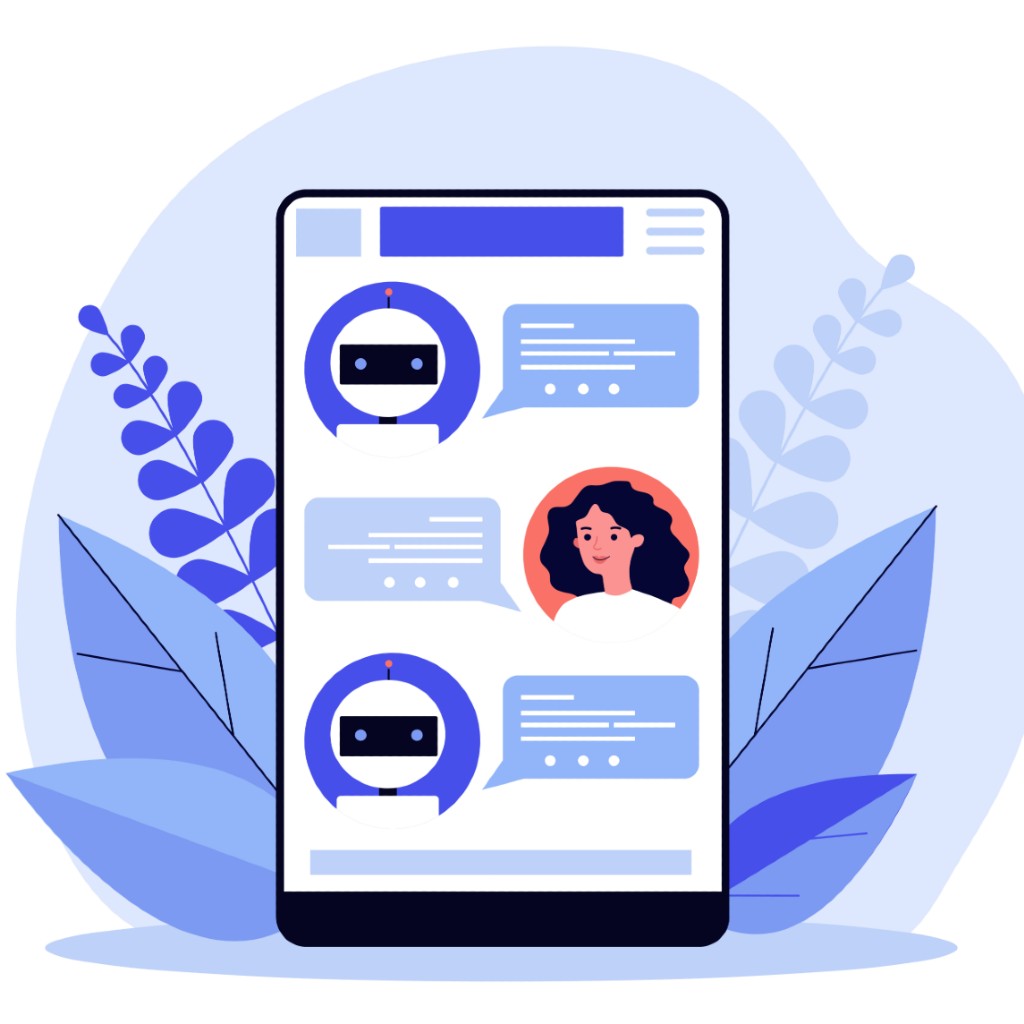
For a Twitter chatbot, where users will only engage for inquiries, an intelligent AI Twitter chatbot might not be necessary. You can achieve the same outcome with a rule-based chatbot, which costs less and takes less effort to tweak and develop. The key here is clear responses and an efficient customer reply flow. The Quick Replies feature helps in this regard.
Chatbot goals are crucial in these times of developing, as it helps set expectations accordingly. Looking back at what you want to achieve with your Twitter chatbot is essential to its success.
Do you need a developer?
Making a Twitter chatbot is not as easy as it looks. While many third-party developers offer an easy click-and-drag interface, chatbot creation doesn’t stop at implementation. Chatbots need to be tweaked regularly to maintain effectiveness, and should always be up-to-date with the latest trends in communication. To add, Twitter chatbots require a server to handle customer requests and integration into the platform’s API. So having a support team behind your chatbot can help it become the best version it can be.
Although with enough resources, there might not be a need to consult developers for your chatbot. It all comes down to whether you can develop it on your own or if you need help from third-party developers. Some Twitter partners provide tools for the development of Twitter chatbots, so developer experience is not required in this aspect. But take in mind: third-party development tools can vary, so be sure to choose one with tools that you want.
More human or more bot?
When you implement a chatbot, it is going to be the face of the business. So it goes without saying that the chatbot must represent company goals and objectives while still being easy to talk to. This is where tone and grammar have vital roles: chatbots have to sound natural to maintain customer responsiveness.
Since chatbots are so versatile, you can program a chatbot beyond planned responses. Chatbot conversations can be more engaging with natural language processing or NLP, where chatbots can learn from past interactions and tweak responses accordingly. But while NLP is making waves in the chatbot community, it’s not necessary the “end-all, be-all” of chatbot communication.
While sounding natural is the key to connecting customers, it’s not a good idea to make the bot sound too natural. No matter how you spin it, a chatbot is a chatbot; nothing more, nothing less. So while it might be a good idea for your bot to have a personality, it’s still a bot at the end of the day.
The Best Way to Build a Twitter Chatbot
You can develop your own Twitter chatbot in many different ways. But in reality, there is no ‘best way’ to build a Twitter chatbot. It all depends on what you want to do you’re your chatbot, and how you plan to do it. And remember, your Twitter chatbot is only as good as you program it, so constant development is the key. Looking at areas of improvement is an excellent place to start after implementation. Making a chatbot is only half the battle, after all. Testing it out with users to see how it fares with users is also essential.
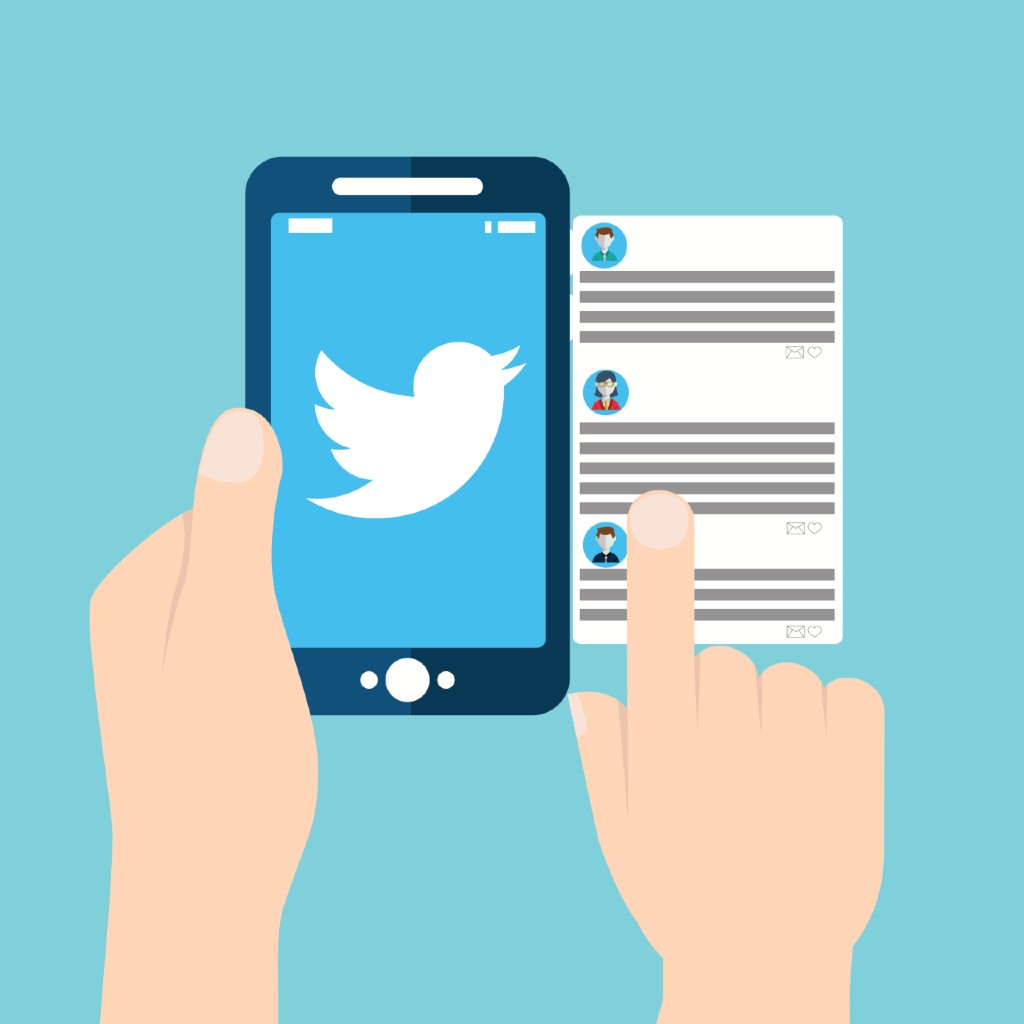
Listed below are some factors to consider for the best improvement in your Twitter chatbot:
Message volume
When you make a Twitter chatbot, expect tons of replies in your inbox, whether on a daily or hourly basis. If your current server, whether your own or a third-party developer’s, cannot handle the load, it might be time to upgrade your systems to accommodate your customers.
CTR
As stated earlier, the chatbot is the face of the business, and if it doesn’t get enough engagement, it may be due for revisions. CTR, also known as clickthrough rate, will tell if a chatbot is doing its job correctly. You can trace CTR problems in a variety of factors in your Twitter chatbot, such as the chat flow (Is it too long or is it too short?), the planned replies, how the chatbot converses, etc.
Problems resolved
A chatbot’s primary goal is to make the user experience better, including answering questions when people need it. Regularly check if your Twitter chatbot is handling queries effectively. The number of problems resolved will tell whether the chatbot is a boon or a bane to the business.
Digitalize with HeroBot today!
With the advent of tech development, there may be hundreds or even thousands of Twitter bot builders online right now. But nothing beats the value that HeroBot offers for your business. You’ll have access to top-of-the-line tools at competitive prices. Best of all, there’s an expert team to guide you through the process. Check out the herobot.app website for plans and other details!

